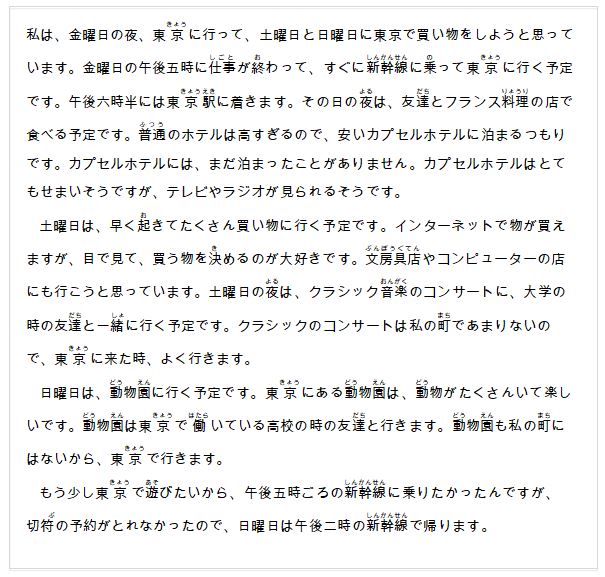ESTRUCTURAS Y VOCABULARIO (50%)Las clases. Yolanda participa en un juego con su hermana menor Tere acerca de sus asignaturas. Yolanda le dice lo que aprende y Tere adivina (guess) cuál es la asignatura. Completa las oraciones con la palabra adecuada. (¡OJO! Write only one [1] word in each blank. Do not repeat any vocabulary items that you provide or that may be already provided in the dialogue.) YOLANDA: Pues, tomo cinco clases y en mi primera clase aprendemos acerca de algunas enfermedades (illnesses) mentales. También tenemos que leer a Freud y a Pavlov. TERE: Pues, tiene que ser (1) _____________________________________.YOLANDA: Sí, ¡muy bien! En mi otra clase leemos las novelas de Edgar Allan Poe, Virginia Woolf, Ernest
Hemingway…TERE: ¡Ah! Sí, tu clase es (2) ___________________________________, ¿verdad? YOLANDA: ¡Así es! Bien, en mi otra clase aprendemos sobre el pasado y analizamos la vida de personajes que vivieron en los siglos (centuries) XIV y XV.TERE: ¡Es muy fácil! Es (3) ______________________________________.YOLANDA: ¡Claro! En mi clase de las tardes visitamos museos y aprendemos de pintores como El Greco, Rivera, Monet y Picasso. YOLANDA: Hmm. Es (4) __________________________________, ¿no?TERE: Pues, sí. Mi última asignatura es muy difícil porque no me gustan las matemáticas, pero es obligatoria. En esta clase usamos letras, números, problemas como 4x2 + 4 = 20. YOLANDA: ¡Ah! Es (5) ____________________. Pero ¡es fácil!TERE: Pues eso es porque a ti te gustan las matemáticas, pero yo no las entiendo muy bien. Bueno, Tere, tengo que ir a mi clase porque empieza en diez minutos. ¡Te llamo más tarde!(4)
Fill in the blank(s) with the appropriate word(s).
Suggestion: Award two points for each correct classroom subject.
You might also like to view...
What is Mr. Yoshida’s plan for “Saturday”?

Ho speso _____________________(110) dollari al supermercato.
Write out each number in Italian.
Her bank account was low, and her credit cards were at their limits; this
bothered Leona. Correct any pronoun use errors in the following sentences by crossing out the in correct pronoun and writing in the correct one above it. In some cases you may have to rewrite part of the sentence. If the sentence is correct, do nothing to it.
An effective approach to problem-solving is to
a. always choose the first solution you think of. b. recall how you solved similar problems. c. express the problem in very general terms. d. place the most importance on immediate results.